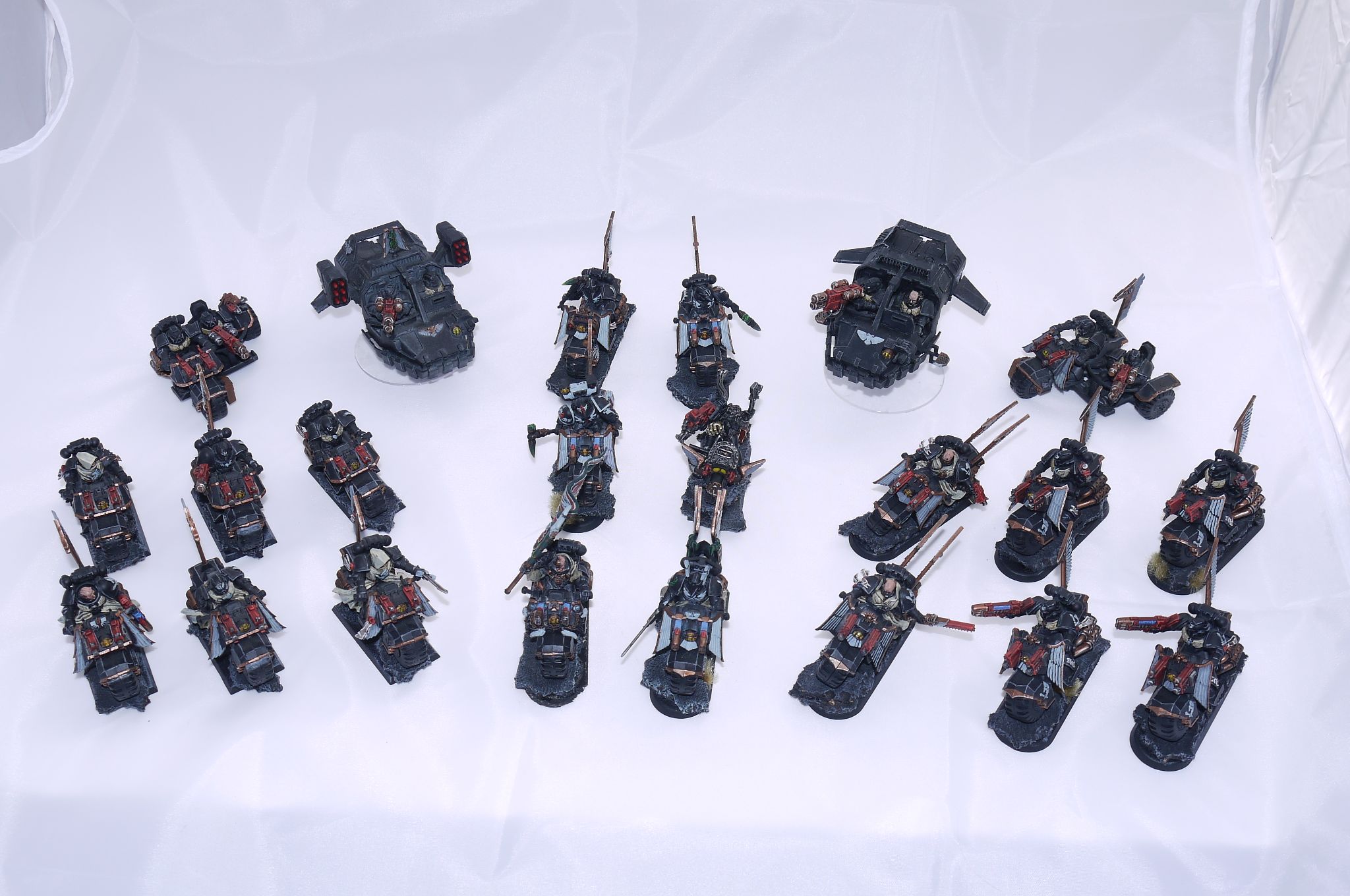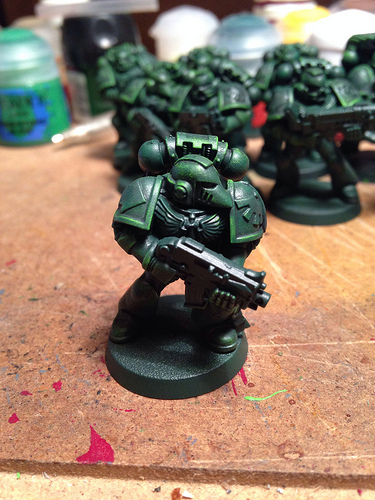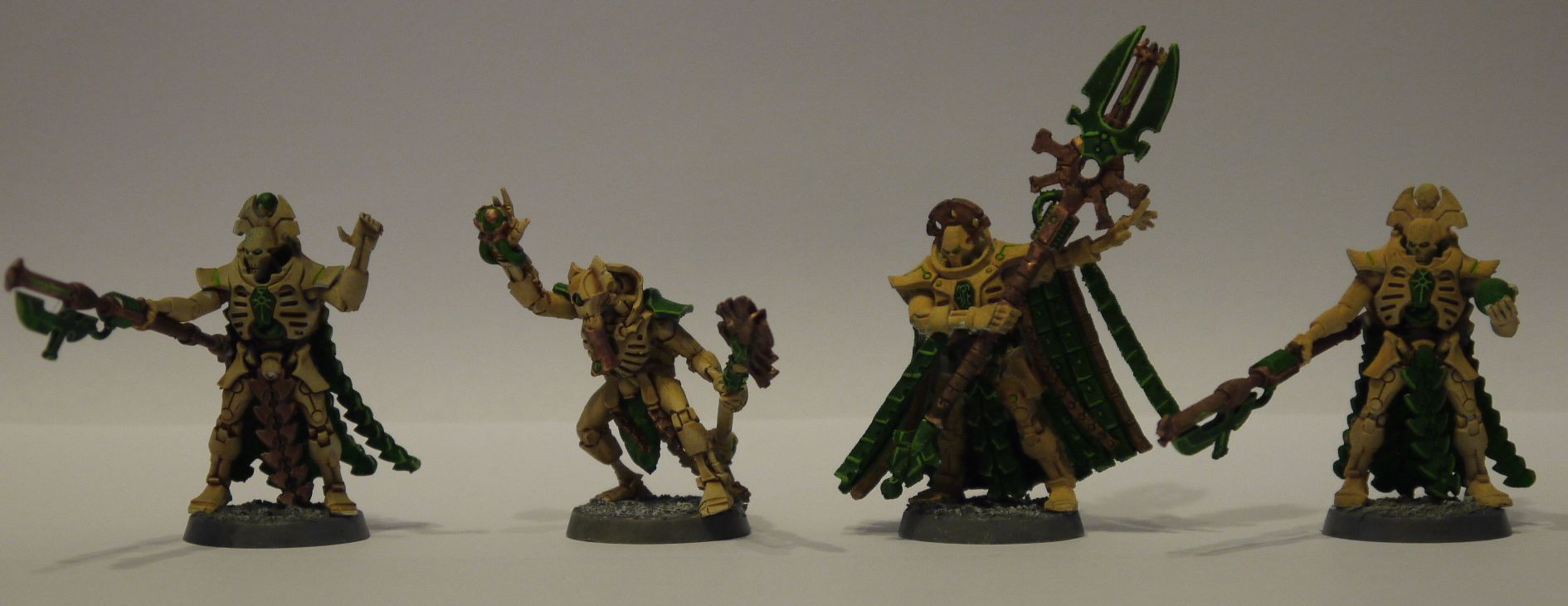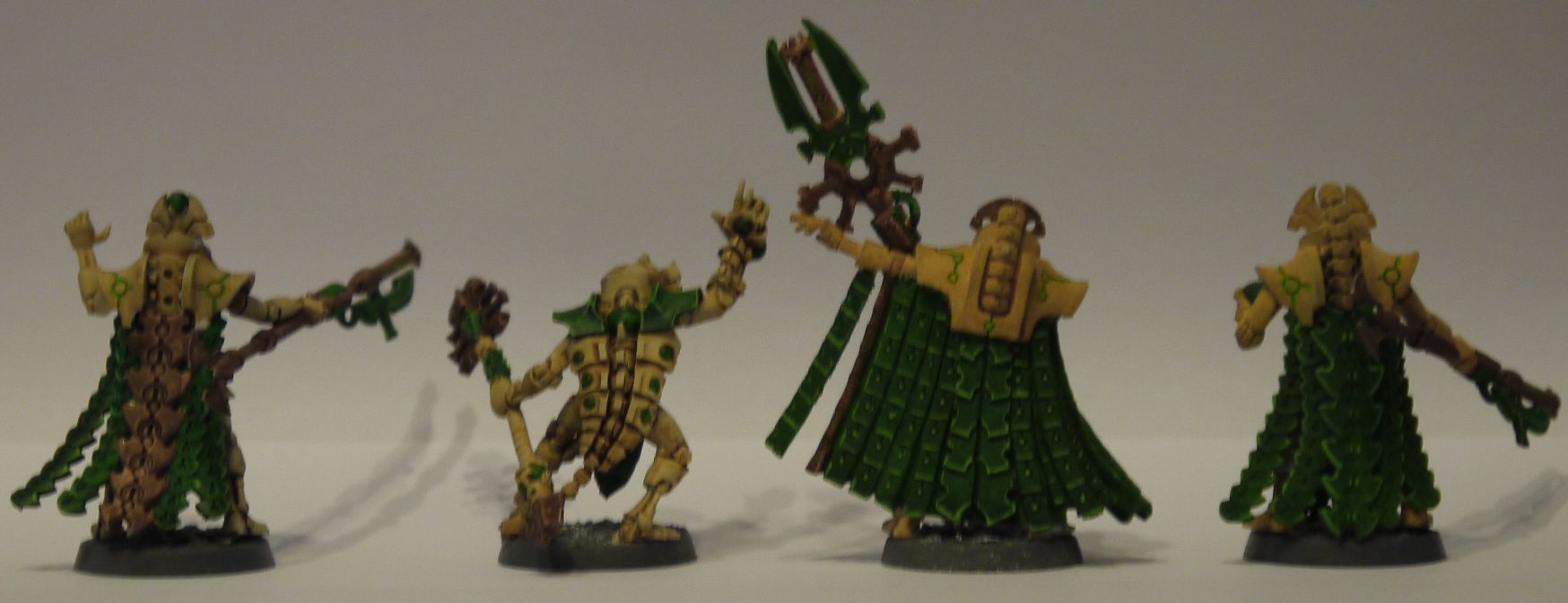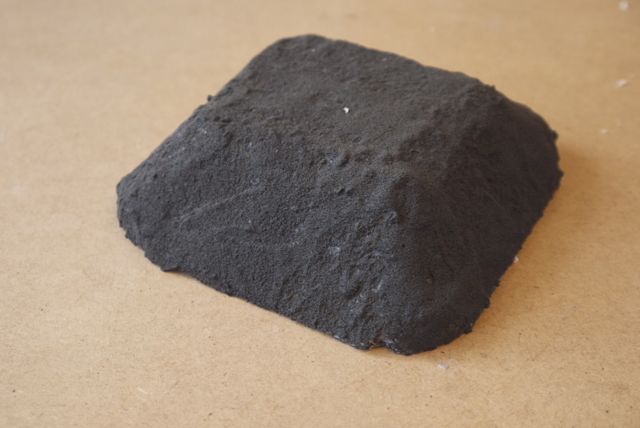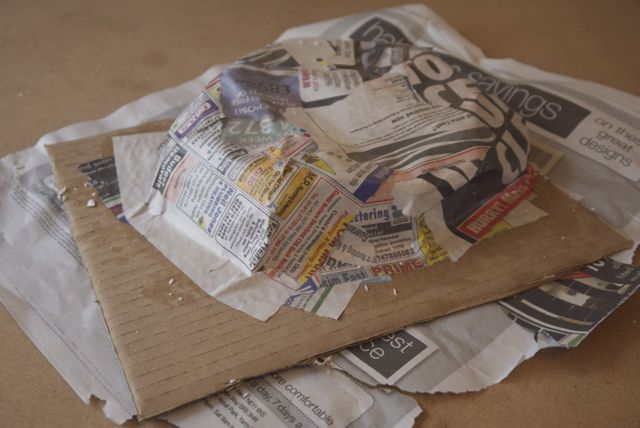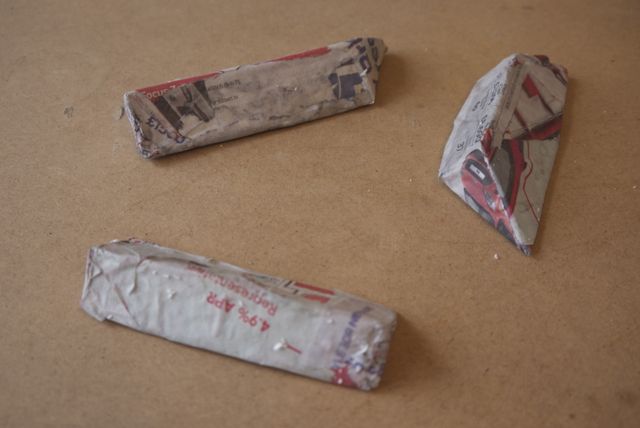Backstory
Anyone that knows me (or read other posts here), knows I’ve spent my life de-stressing from a day/week in the trenches painting little toy soldiers, rolling dice and making pew-pew noises. A couple of years ago I finally made the pilgrimage to if not wargaming’s central Mecca, at least one of the Seven Wonders of the gaming world – Warhammer World, in Nottingham, for one of their Open Days (Narrator: it was an excellent trip).
Whilst there I was introduced to Flaregames/Well-Played’s reimagining of Combat Cards, which is essentially top-trumps for wargame minis. Is a card game that I have fond memories from my childhood playing in the hotel bar when too wet to explore Scarborough on family holidays, had recently introduced my own kids to (to avoid playing Harry Potter top-trumps), and to sweeten the deal, those at the Open Day received a limited code to unlock Inquisitor Eisenhorn, one of my favourite characters from Dan Abnett’s fiction series. – So I gave it an install.
Flash-forward to now
Game installed on my phone, I’ve maxed my level to 71, have a growing collection of minions in my collection, can push to be in the top 2 or 3% of worldwide players in the game’s weekly campaigns; or I can take my foot off the gas and easily rank in top 5 or 10% and take the weekly rewards associated. Those rewards? Lootboxes (cardpacks) containing randomly allocated digital cards (fighters) to boost your prowess ready for the next campaign.
Cost? Game is free to play, and I’ve (mostly*) stuck to my guns regarding pay-to-win games and not bought any in-game upgrades/resources that cost cash money.
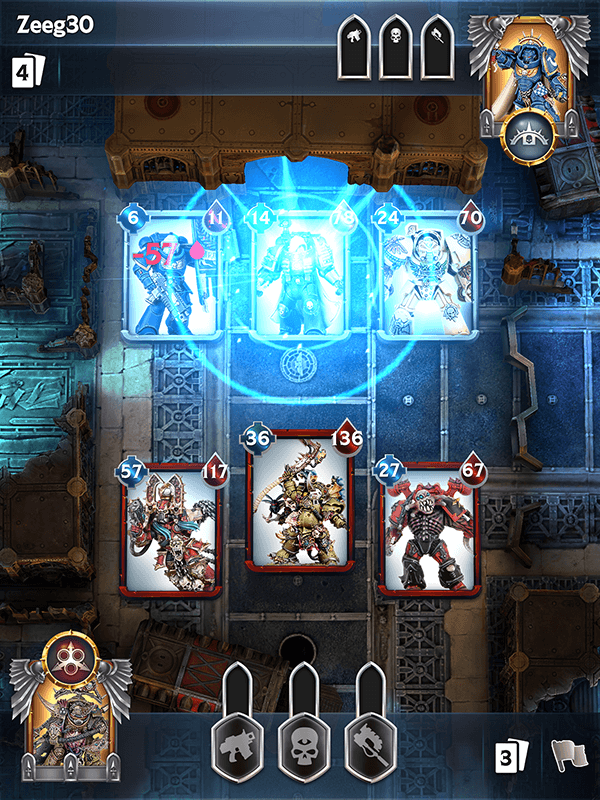
(* Searching back in my mind, I think I may have spent ~£3 once, largely because I was working in a online digital gaming/gambling firm at the time I was feeling guilty that I was taking enjoyment from playing the game a group of dev’s had crafted, and I’d not paid into the pot that ultimately pays their wages).
There’s a but coming….
I was (personally) able to resist the allure of spending real-world cash to enhance my in-game prowess, so I fall into what most people would probably class as a ‘responsible gambler’(*), and wasn’t about to lose my house after running up enough credit card to prevent ability to repay the mortgage.
(* I’m not going to get into the debate of “are lootboxes gambling?”. To me, if you’re paying money without that guarantee that you’re going to receive anything useful for that investment, you’re gambling. But again, that’s just my own, personal definition)
So, what’s my problem? I realised the game was monopolising a potentially more valuable resource than cash; my time. What started as a 5min pickup and play game whilst stood in playground waiting to pick my kids up from school, became the first thing I’d check before getting out of bed to see what was in the lootboxes I’d unlocked overnight, or the last thing I’d do before going to bed to maximise campaign energy usage.
The facts that I, first identified a problem over a year ago, uninstalled the game to break the daily cycle, re-installed a few months later (“what’s a couple of 5 minute games here and there?”), and have been considering writing this post for at least 6 months should go some way to explaining the addictive properties I’ve experienced.
What can be done better?
Whilst my day job involves being able to identify problems, those my value comes from being able to provide potential mitigations to those problems.
Firstly, I’m not anti-gaming, or anti-gambling – I believe everyone should have the choice to spend their time and resources however provides them with the happiest life available to them.
Secondly, whilst the media has recently picked up on Lootboxes as the latest drum to bang against ‘video games destroying the youth’ (the furore around the original Doom is part of my childhood, but that’s a different story) – I grew up with football stickers, Pogz collections, Magic the Gathering packs; and many more similar random reward models. And I appreciate that digital lootboxes are essentially no different to the physical counterparts kids (and adults) have been spending pocket money on for decades.
As above, I’ve worked in online gambling environments; parts of the industry ARE a completely toxic dumpster-fire that should rightly be vilified by the customers that they prey on. But some have proven that the industry can be profitable (everything is a business after all) whilst looking after their player-base – and I’m still proud to have stood on-stage with some excellent colleagues receiving awards recognising responsible operators and a commitment to putting people above profits.
But as I said, what can be done better?
Energy systems
The energy systems present in many modern mobile gaming platforms trigger the ‘fear of missing out’ (FOMO); “your energy is now full” notifications translate to “if you don’t play NOW, you’re wasting in-game resources; stop whatever else you’re doing and pick up your device”, and serve as a regular lure to get players back into the game. Crucially this causes the game to dictate when, and how often, it is played, not the player (at least not without forgoing some in-game resource).
Using Combat Cards as an example replenishes energy every 90 minutes, but a player can only store six energy pips at a time, meaning you need to pick up your device and play at least every 9hours during a campaign. The addictive properties of reinforcing an action every 9hours aside, that means that if a player needs a 9hr stretch between games to do something in the real-world they fall behind in the campaign. When these competing stretches of time include a work day, or a decent night’s sleep you can begin to see the problem triggered.
Recommendation: Moving the ‘maximum energy’ to a 24hr period would go a long way to allowing players to play more safely, and scheduling their gaming periods around other commitments.
Addictiveness
I’m out of my comfort zone here, this is not my area of expertise. Other than identifying the addictive impact of my own gaming, I’ll leave this to the experts especially when the answers to these issues are already available (and crucially effective) from the ‘real’ gambling industry. Providing players with in-game abilities to
- trigger temporary exclusions – “this is getting excessive again, prevent me from playing for 24/48/72hrs etc” – help players control their own gaming time
- Permanent exclusions – “I can’t self-control, please don’t allow me to play again” – as with any addiction, some people don’t have the will-power to stop, but know that they want and need to. As with the ‘real’ gambling industry, these controls work best when exclusions are shared across all operators. (disclaimer: I’m sure I’ll be searching the appstore for a different hit after Combat Cards is uninstalled…)
Recommendation: Allow players to decide that they need a break (if they need a break), and help to reinforce that decision.
Cash
As above, I personally managed to (mostly) maintain my status as F2P (Free to Play). Partly as I originally expected to be an accountant, so handle expenditure more rigorously than most; and partly because over the years I’ve flipped the model to an internal challenge of my own skills to see how far I can get in game without opening my wallet, even when competing against those players that do P2W.
I’m not wanting to dictate how others spend their resources (and as a table top gamer, those in glass houses re: hobbies being a “waste of money” in the eyes of others, shouldn’t throw stones), but having seen responsible operators provide the tools to enable their players to control their spending within the game to their limitations, I think similar in gaming would be a massive assistance.
And, I think that (at least in my case) offering spending limits of “I can’t spend more than £20 a month in game” may actually get operators more profits. One of the reasons I deliberately maintain F2P status is I’m aware of the addictive nature of such games, and don’t want to allow the thin end of the wedge. Being able to limit and commit to “this game is going to cost me £20 each month” makes it a manageable and trackable line entry on monthly finances, no different to Netflix subscriptions, or a weekly trip to the cinema.
Recommendation: provide players with a method to limit, control and monitor their in-game spend. In a world of mobile games, being linked with digital payment capabilities, being able to spend ~£100 in under 5 seconds, just by placing your thumb on a print reader is, in my opinion, a recipe for disaster. Many (myself included) have sufficient restraint to avoid problems, technical controls to aid everyone not spend beyond their means must be a positive to everyone. Even if just to take another bullet out of the media’s gun the next time they decide to go to war with gamers.
Industry co-operation
Regulators responsible for gambling, have been nervous in maintaining their distance from gaming; even where there are some overlap, crossover and outright gambling present in some gaming platforms’ monetisation models.
If you’re curious about regulator’s stance, UK Gambling Commision’s stance is that as long as you can’t “cash out” the content of lootboxes into the real world assets, it’s not gambling. In an increasingly digital world, this stance feels behind the curb, anachronistic, and frankly like an excuse to duck responsibility for what is admittedly a tough problem and political minefield.
Recommendation: I’m not going to get into the furore of if gaming should be regulated. But organisation such as GamCare, GamStop and others do have a wealth of hard-earned experience that I believe could be a great benefit to non-gambling gaming addition issues. There’s very few wheels in this area that need creating from scratch, so let’s not re-invent them.
Summary
What’s the point of all this? Honestly, I don’t know. But it’s a post that’s been in my head for some time, and has been cathartic to write. So if the only benefit is to get it out of my head and allow me to draw a line in the sand, it’s served it’s purpose as a therapeutic tool. It might help others so the same negative impacts in themselves that I’ve seen, it might help the industry get an insight into their player base and help the community as a whole. Or it might help no-one, if that’s the case; thank you for reading regardless.
And lastly I want to be explicit: I’m NOT calling out Combat Cards specifically as a worst (or even bad) operator: It’s simply the game I’ve been playing (and enjoying immensely) that I noticed was causing problems for me, serving as both this posts trigger and reference point.
